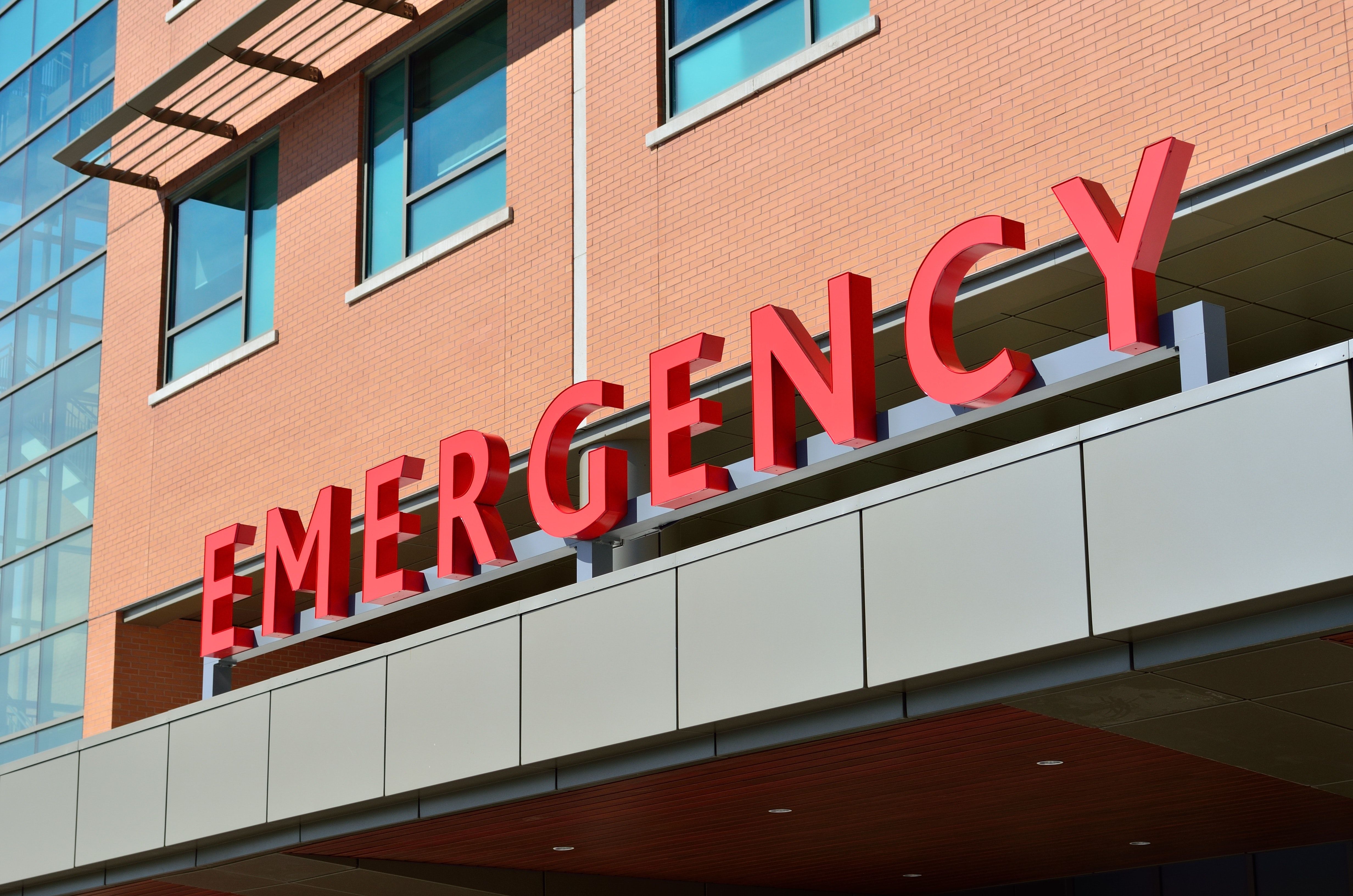Omicron SARS-CoV-2 Surge Led to Surge in Hospital Infections, Too
A new analysis from a Massachusetts health system found in-hospital infections occurred at a higher rate when the Omicron variant was present compared to when wild-type SARS-CoV-2 was prevalent.

As the highly infectious Omicron variant of SARS-CoV-2 sparked spiking community infection rates, a new report shows hospitals faced a similar surge of on-site transmission, even as they retained their strict infection-control policies.
The report is based on data from 12 hospitals within the Mass General Brigham healthcare system from July 1, 2020, through February 28, of this year. The report’s time frame spans the early months of the pandemic—when wild-type SARS-CoV-2 was predominant—through the current phase—in which Omicron SARS-CoV-2 is most prevalent. The findings were published in the Journal of the American Medical Association.
Corresponding author Michael Klompas, MD, MPH, of Brigham and Women’s Hospital, and colleagues, said while it is widely known that Omicron SARS-CoV-2 is more contagious than previous variants among the general population, it was unknown whether that has translated into higher infectious rates within hospitals.
At the start of the pandemic, all patients admitted to the health system were tested for COVID-19 upon admission using polymerase chain reaction (PCR) tests. Beginning in November 2020, patients were re-tested after 72 hours, when other symptoms presented, or when they were exposed to an infected person.
The authors compared rates of hospital-onset COVID-19 for 2 winter periods: December 15, 2020, through February 28, 2021, and December 15, 2021, through February 28, 2022.
Overall, 295,771 patients were admitted to the health system, with each patient staying an average of 6.2 days. Only about 4.5% of those admissions included a diagnosis of COVID-19, and of those 13,392 admissions, just 434 cases were diagnosed after the fifth day of hospitalization, a metric suggesting the infection occurred in the hospital setting.
When investigators compared the 2 winter time spans, they found that the rate of in-hospital infection was higher during the Omicron surge than during the period when wild-type SARS-CoV-2 was prevalent. Of 3,820 COVID-19 admissions during the Omicron surge, 4.7% were on day 5 or later (178 cases). During the initial wild-type surge, just 3.4% of the 3218 COVID-19 admissions were on day 5 or later (111 cases). Those numbers translated into a relative risk ratio of 1.54 (95% confidence interval, 1.22-1.95) for the Omicron winter versus the initial wild-type winter.
Klompas and colleagues said the uptick in hospital infections was statistically significant.
“Possible reasons include the Omicron surge’s very high community and healthcare worker incidence rates, as well as Omicron’s greater contagiousness,” they wrote. “Sources of nosocomial infections include healthcare workers, visitors, and other patients.”
The investigators noted that their infection-control practices did not change significantly between the 2 time frames. In both time periods, universal masking, daily employee health attestations, regular patient testing, and free on-demand testing for employees were all in place. Employee vaccinations began soon after the vaccine first became available, and by October 2021 vaccinations were mandatory for employees, the authors said.
Klompas and colleagues said their report was subject to limitations. The use of a positive test 5 days after admission is not a perfect proxy for in-hospital infections, they noted, and so it is possible that some cases were mis-classified as community or hospital infections. In addition, since these results came from a single health center, they may not be generalizable to all hospital settings, the authors added.
Still Klompas and colleagues said the data show that even in a hospital setting, the Omicron variant provided a particularly steep infection-control challenge.
“The increase in hospital-onset infections associated with the Omicron variant despite consistent infection control policies and mandated employee vaccinations underscores the risk of nosocomial transmission, especially when community incidence rates are high, and the need for enhanced infection control strategies,” they wrote.


















